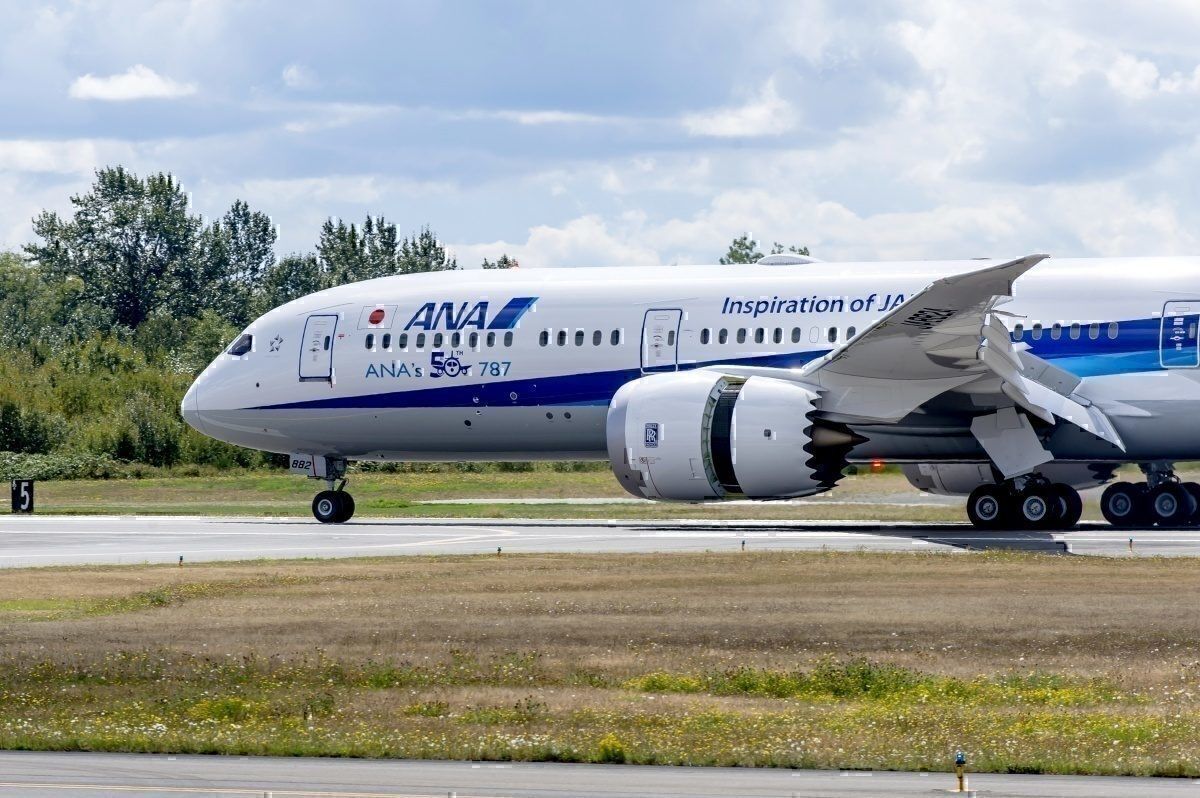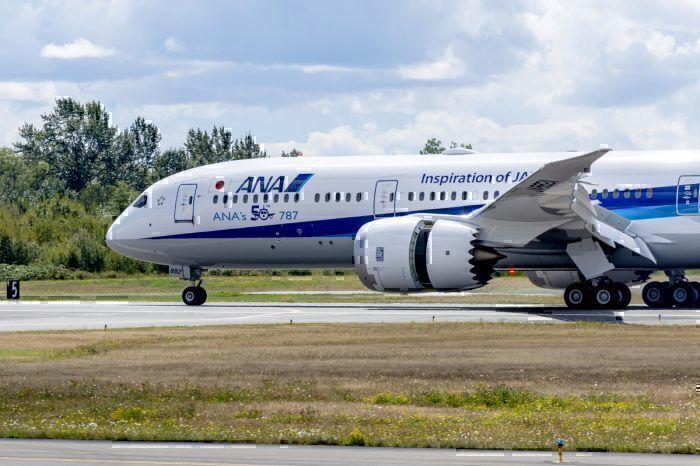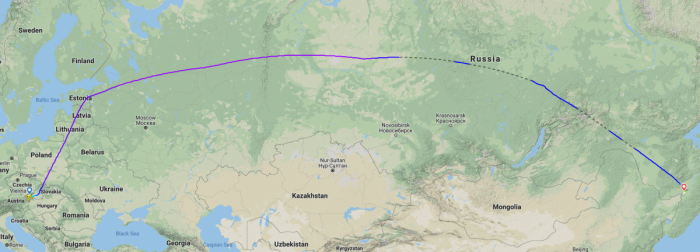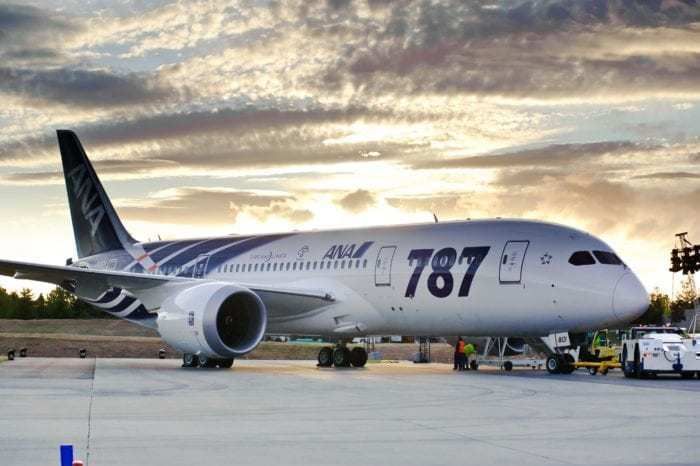Yesterday, on September 27th, an ANA Boeing 787-9 had to make a diversion to Khabarovsk, Russia due to an issue with the left-hand engine. According to the Aviation Herald, the aircraft was performing flight NH206, going from Vienna, Austria to Tokyo Haneda airport in Japan.
What happened
Flying with 194 passengers, the crew of NH206 noticed a drop in oil pressure for the left-hand engine. This was first reported 460nm north of Novosibirsk in the south-central region of Russia. As a result of this, the decision was made after some time to divert to the city of Khabarovsk, located closer to Russia's east coast - this is 2,050nm from where the issue first occurred.
While the city of Khabarovsk may not be known to many outside Russia, the airport sees a fair amount of traffic - including two daily Aeroflot flights from Moscow using Boeing 777s. It also sees regular service to Seoul and Tokyo Narita.
A safe landing was completed and there were no additional incidents reported. A replacement Boeing 787-9 (with registration JA899A) was sent to Khabarovsk to shuttle the passengers onward to Tokyo. In the end, the flight had a total delay of 15 hours. As for the occurrence aircraft, it was still on the ground in Khabarovsk some 24 hours after landing.
ANA operates a daily service between Tokyo Haneda and Vienna International Airport.
ANA's official statement
Approximately four hours into the flight, an indicator on the cockpit display showed a lowering level of engine oil lubricant on one engine of the 787 aircraft and the pilot made the decision to divert as a precaution. With both engines operating, the plane landed safely without incident. The passengers, with the replacement aircraft, arrived in Tokyo Haneda International Airport (HND) with about 15 hours delay...The safety of our passengers and crew is always the top priority for ANA.
Raising more questions for Rolls-Royce
When contacted for comment, here's what Rolls-Royce had to say:
“We are aware of the event and working with our customer to provide support and technical assistance.”
The specific aircraft in question was a Boeing 787-9 Dreamliner with registration JA873A. According to Airfleets.net, this aircraft is just over four years old. What is of particular interest is that this jet is powered by two Rolls-Royce Trent 1000 engines.
Unfortunately, the Rolls-Royce Trent 1000 engines have been in the news far too much in past months for all the wrong reasons. At its peak, the Trent 1000 issue grounded 44 aircraft, which was, in fact, less than Rolls Royce’s original prediction of 50. Major airlines affected by the issue include Norwegian, Air New Zealand and British Airways.
ANA had to cancel quite a few flights last year due to issues with these engines. The airline's fleet of Dreamliners includes the smaller 787-8 as well as the longer -9 and largest -10. Of these variants, only the 787-8s are powered by GeNX powerplants. The -9 and -10s fly with Trent 1000s.
Just over a week ago we reported on the delay of Rolls-Royce in solving this crisis. When contacted, Rolls-Royce told Simple Flying:
“On 6 August 2019, with our Half Year Results, we cautioned that the rate of recovery in Trent 1000 Aircraft On Ground (AOG) this year was likely to be slower than our original plans.”
Conclusion
Engine issues can arise with any plane operating any engine. However, it seems that Dreamliners operating Trent 1000 engines are more often making diversions. Hopefully, Rolls-Royce can stick to this newly revised timeline.




